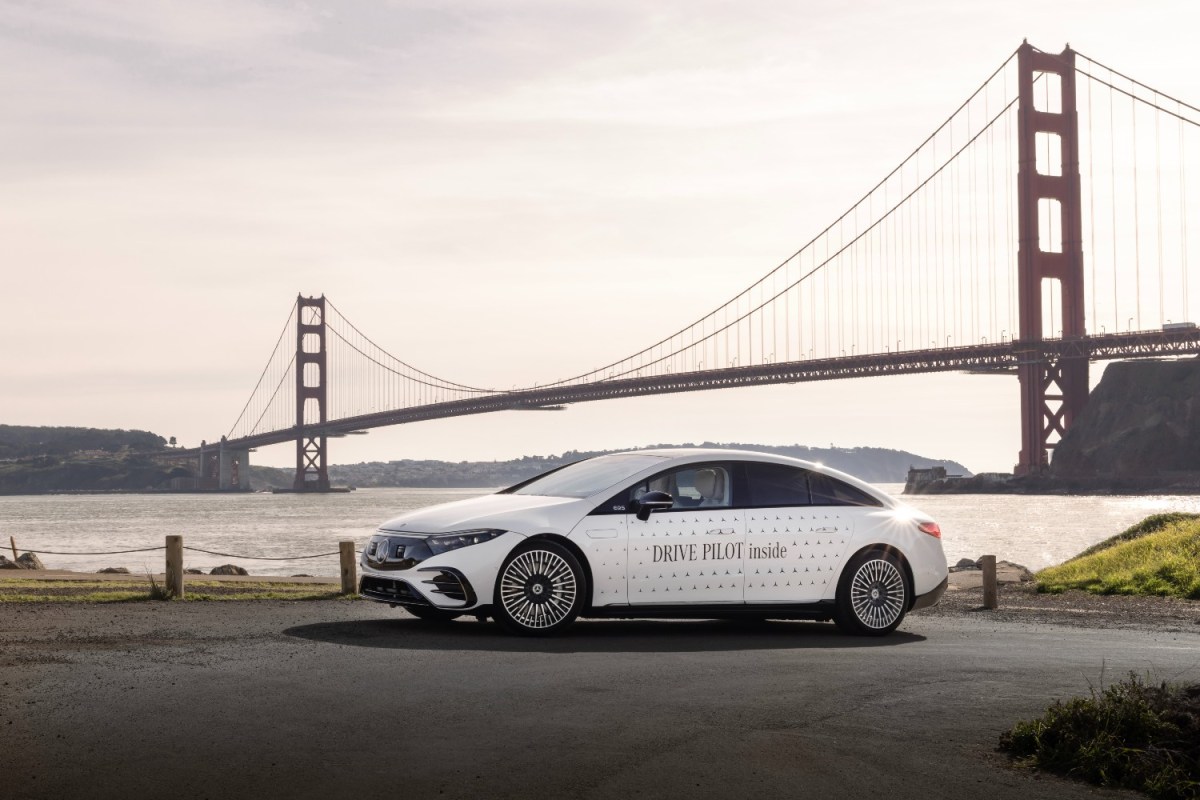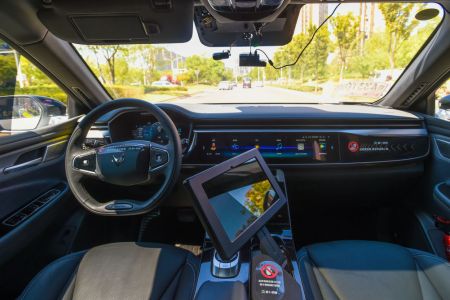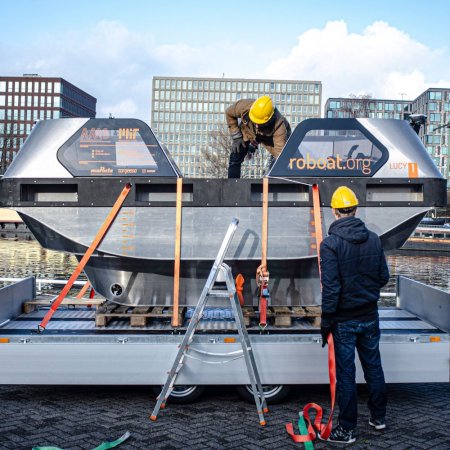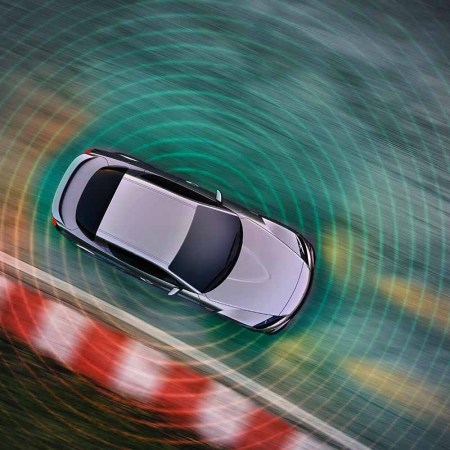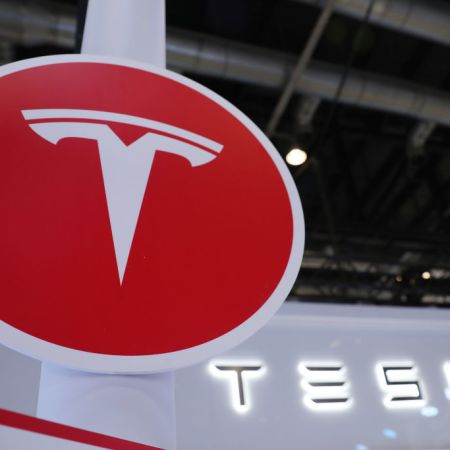Earlier this year, Mercedes-Benz reached a milestone, with its DRIVE PILOT system becoming the first SAE Level 3 self-driving technology to be certified in the U.S. At the time, that certification only applied in Nevada, but now the automaker has added a new state to that list, and it’s a big one. As reported by Reuters, California has also given the go-ahead to DRIVE PILOT on its roadways.
Mercedes-Benz’s statement on this certification offers a few caveats, including that this feature won’t be available until 2024 models (specifically, the S-Class and EQS Sedan) are delivered, slated to take place later this year. The self-driving features will only be permitted “[o]n suitable freeway sections and where there is high traffic density,” as per the automaker’s announcement.
Level 3 is defined as “conditional driving automation,” and means that — in practical terms — drivers will not have to focus on the traffic around them when the system is operational. (If you need a refresher on SAE self-driving levels, this is a good overview.)
New California Law Regulates How Self-Driving Cars Are Advertised
It should lead to more clarity in the industryAs for what it’s like to experience driving with DRIVE PILOT on, Myriam Joire described the experience in a March 2023 article for Motor1. “The Level 3 system was able to handle stop-and-go traffic, erratic drivers cutting me off, and even cars broken down and stopped partially in my lane — all while I surfed the web on the center screen,” Joire wrote. “It also detected emergency vehicles approaching from behind.”
For now, this feature only works at speeds up to 40 miles per hour, though Mercedes-Benz’s announcement states that their goal is for it to function at speeds up to double that number. We’ll have a better sense of what to expect from this feature later this year — especially given the size of California’s population.
Thanks for reading InsideHook. Sign up for our daily newsletter and be in the know.
